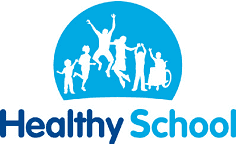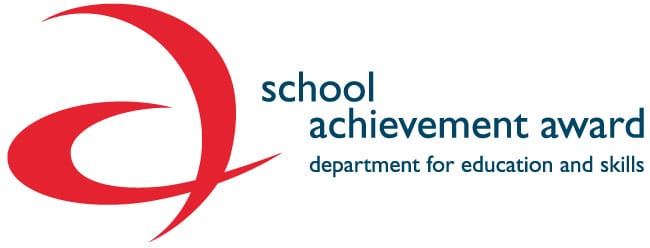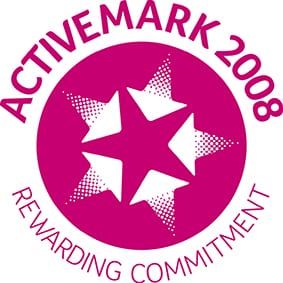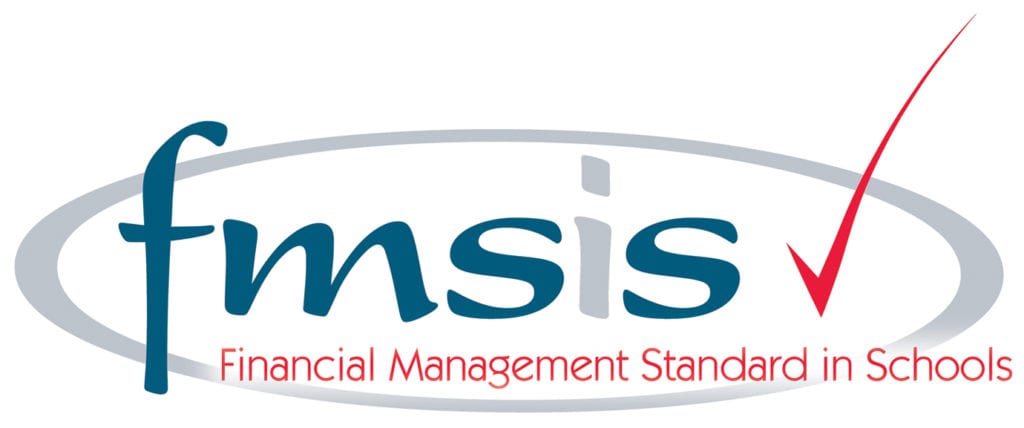Year 2, Statutory Requirements: Number and Place Value
Pupils should be taught to:
- Count in steps of 2, 3, and 5 from 0, and in tens from any number, forward and backward
- Recognise the place value of each digit in a two-digit number (tens, ones)
- Identify, represent and estimate numbers using different representations, including the number line
- Compare and order numbers from 0 up to 100; use <, > and = signs
- Read and write numbers to at least 100 in numerals and in words
- Use place value and number facts to solve problems.
Year 2, Statutory Requirements: Addition and Subtraction
Pupils should be taught to:
- Solve problems with addition and subtraction:
- Using concrete objects and pictorial representations, including those involving numbers, quantities and measures
- Applying their increasing knowledge of mental and written methods
- Recall and use addition and subtraction facts to 20 fluently, and derive and use related facts up to 100
- Add and subtract numbers using concrete objects, pictorial representations, and mentally, including:
- A two-digit number and ones
- A two-digit number and tens
- Two two-digit numbers
- Adding three one-digit numbers
- Show that addition of two numbers can be done in any order (commutative) and subtraction of one number from
- Another cannot
- Recognise and use the inverse relationship between addition and subtraction and use this to check calculations and solve missing number problems.
Year 2, Statutory Requirements: Multiplication and Division
Pupils should be taught to:
- Recall and use multiplication and division facts for the 2, 5 and 10 multiplication tables, including recognising odd and even numbers
- Calculate mathematical statements for multiplication and division within the multiplication tables and write them
- Using the multiplication (×), division (÷) and equals (=) signs
- Show that multiplication of two numbers can be done in any order (commutative) and division of one number by another cannot
- Solve problems involving multiplication and division, using materials, arrays, repeated addition, mental methods, and multiplication and division facts,
- including problems in contexts.
Year 2, Statutory Requirements: Fractions
Pupils should be taught to:
- Recognise, find, name and write fractions 1/3, ¼, 2/4, ¾ of a length, shape, set of objects or quantity
- Write simple fractions for example, ½ of 6 = 3 and recognise the equivalence of 2/4 and ½
Year 2, Statutory Requirements: Measurement
Pupils should be taught to:
- Choose and use appropriate standard units to estimate and measure length/height in any direction (m/cm); mass
- (kg/g); temperature (°C); capacity (litres/ml) to the nearest appropriate unit, using rulers, scales, thermometers and measuring vessels
- Compare and order lengths, mass, volume/capacity and record the results using >, < and =
- Recognise and use symbols for pounds (£) and pence (p); combine amounts to make a particular value
- Find different combinations of coins that equal the same amounts of money
- Solve simple problems in a practical context involving addition and subtraction of money of the same unit, including giving change
- Compare and sequence intervals of time
- Tell and write the time to five minutes, including quarter past/to the hour and draw the hands on a clock face to show these times
- Know the number of minutes in an hour and the number of hours in a day.
Year 2, Statutory Requirements: Geometry – Properties of Shape
Pupils should be taught to:
- Identify and describe the properties of 2-D shapes, including the number of sides and line symmetry in a vertical line
- Identify and describe the properties of 3-D shapes, including the number of edges, vertices and faces
- Identify 2-D shapes on the surface of 3-D shapes, [for example, a circle on a cylinder and a triangle on a pyramid]
- Compare and sort common 2-D and 3-D shapes and everyday objects.
Year 2, Statutory Requirements: Geometry Position and Direction
Pupils should be taught to:
- Order and arrange combinations of mathematical objects in patterns and sequences
- Use mathematical vocabulary to describe position, direction and movement, including movement in a straight line
- And distinguishing between rotation as a turn and in terms of right angles for quarter, half and three-quarter turns (clockwise and anti-clockwise).
Year 2, Statutory Requirements: Statistics
Pupils should be taught to:
- Interpret and construct simple pictograms, tally charts, block diagrams and simple tables
- Ask and answer simple questions by counting the number of objects in each category and sorting the categories by quantity
- Ask and answer questions about totalling and comparing categorical data.







